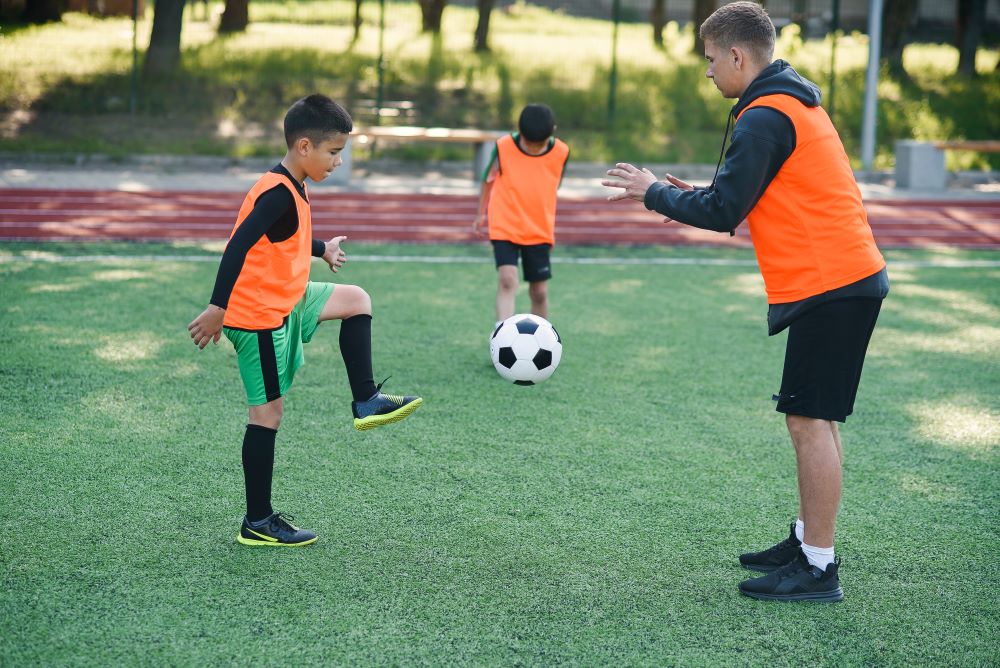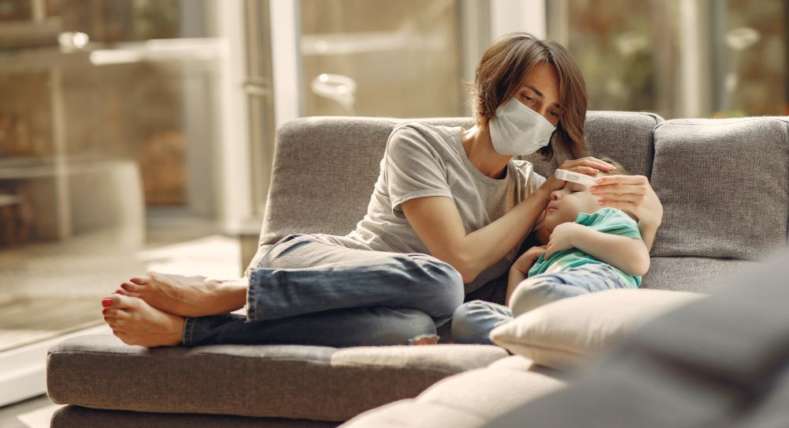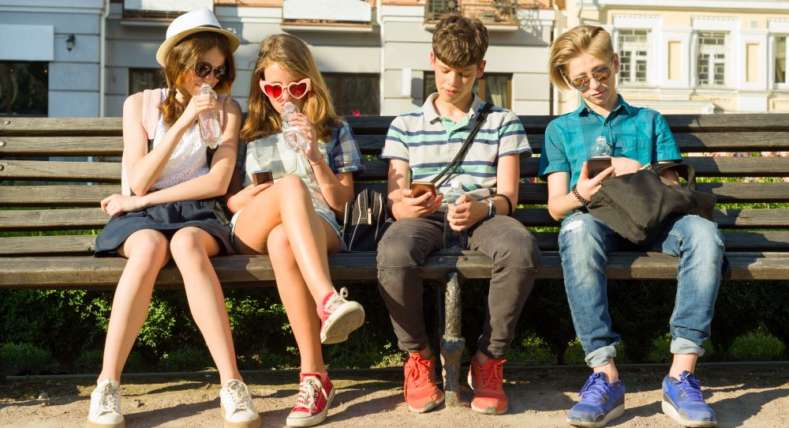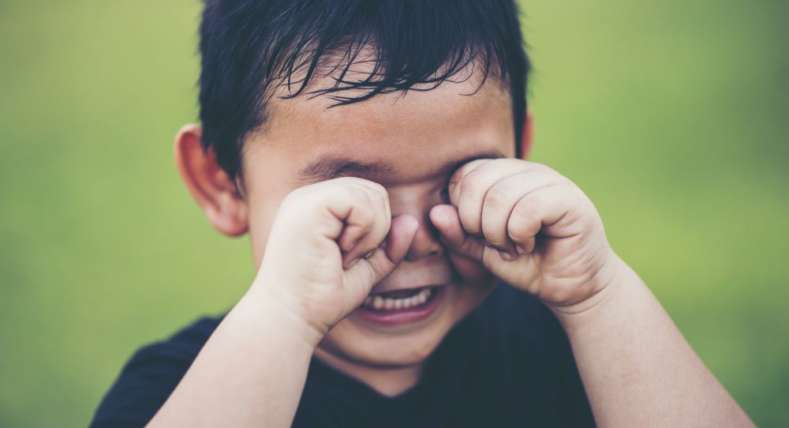If your child is participating in sports during the COVID-19 pandemic, remember these steps to help keep players, coaches and families safe.
Before the sports season starts:
- Check to make sure sports and recreation activities are approved by your local and state government.
- Understand the new safety rules and expectations for participation during COVID-19 and talk about them with your child.
- Each child should have their own cloth face covering, hand sanitizer, towel, water bottle, and tissues labeled with their names.
- All youth athletes should have an up-to-date sports physical before participating.
Prior to practice or games:
- Athletes should stay home from practice or game if they’re feeling sick or have a fever.
- Wash hands before arriving, or use hand sanitizer if soap and water aren’t available.
- Bring labeled (with name) personal sports equipment, water bottle, towel, tissues, hand sanitizer, and cloth face covering.
- Stay in the car or assigned school location until the coach is ready to start practice
- Avoid gathering in groups before practice, maintain social distance and wear a cloth face covering.
If an athlete has COVID-19:
- Anyone who has a history of COVID-19 should get their doctor’s permission before they return to exercise or sports.
- A child who has had a positive t est for COVID-19 should have a gradual return to physical activity.
- Before returning to activity, children should be screened by their doctor for heart symptoms like chest pain, shortness of breath, fatigue,irregular heartbeat, or fainting.
- Anyone without symptoms requires a minimum 2-week resting period without exercise or competition.
- An athlete with symptoms should not exercise or compete for at least 2 to 4 weeks.
- A child with a positive heart screening may need an EKG.
- Children who were very sick from COVID-19 must be treated as though they have an inflamed heart muscle and not exercise or compete for 3 to 6 months. A pediatric cardiologist should examine these children before they are allowed to return to exercise or competition.
During sports practice or games:
- Whenever possible, athletes should maintain 6-8 feet of physical distance during drills and conditioning.
- When possible and safe, athletes should each wear cloth face covering–especially on the sideline, in dugouts, and during team chats. However, masks should not be worn during:
- Active exercise.
- Water sports.
- Sports where face coverings could get caught on equipment or accidentally cover eyes.
- Avoid these behaviors:
- Huddles, high-fives, fist bumps, handshakes, etc.
- Sharing food or drink with teammates.
- Cheering, chanting, or singing when closer than 6-8 feet from others.
- Spitting or blowing nose without a tissue.
- Store personal equipment 6-8 feet away from other teammates’ equipment.
- Minimize sharing sports equipment when possible.
- Sanitize hands before and after using shared equipment such as balls, bats and sticks.
- Tell a coach if you are not feeling well and leave practice or game with parent or caregiver.
After sports practice or games:
- Sanitize or wash hands.
- Wash cloth face coverings, towel and practices clothes or uniform.
- Clean personal sports equipment and water bottle.
Remember
Talk with your child’s pediatrician if you have any questions about youth sports participation safety based on COVID 19 in your community and your child’s health.
Source: www.healthychildren.org




